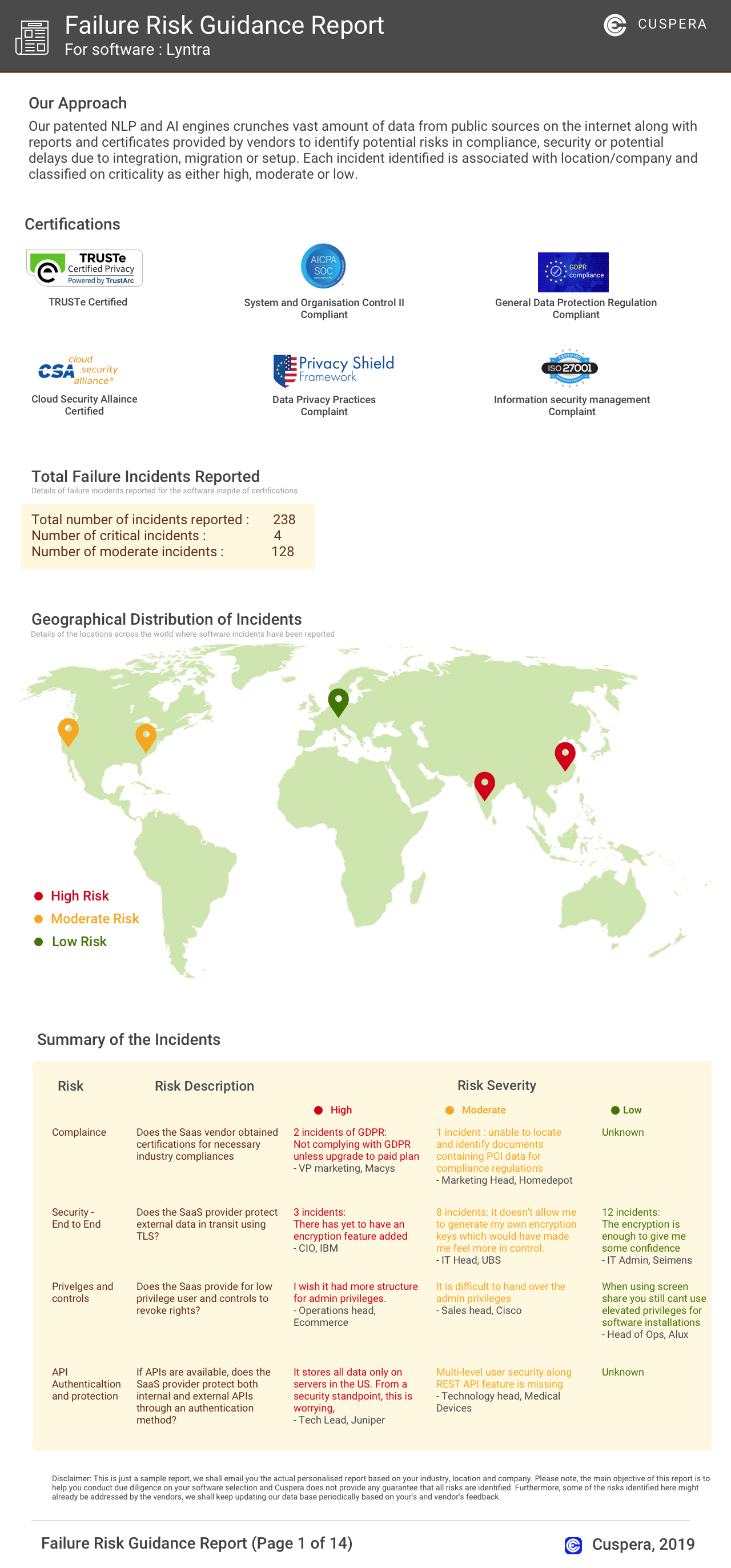EduHealth Overview
EduHealth transforms student health management in K12 schools by equipping school nurses with an efficient platform to collect, track, and manage medical reports securely. This software addresses the critical need for streamlined health record-keeping, ensuring data safety and accessibility. EduHealth's mobile application extends its functionality to parents, fostering better communication and involvement in student healthcare. The platform is recognized as a leading solution across the U.S., highlighting its wide adoption and trust within educational institutions. By simplifying health data management, EduHealth enables schools to focus on delivering quality care and supporting student well-being.
Use Cases
Customers recommend Tracking Contacts, Contacts History, Lead Tracking, as the business use cases that they have been most satisfied with while using EduHealth.
EduHealth Use-Cases and Business Priorities: Customer Satisfaction Data
EduHealth's features include Recording. and EduHealth support capabilities include 24/7 Support, AI Powered, Email Support, etc. also EduHealth analytics capabilities include Custom Reports, and Analytics.
EduHealth, belong to a category of solutions that help Learning Management System. Each of them excels in different abilities. Therefore, determining the best platform for your business will depend on your specific needs and requirements.
EduHealth offers school nurses a secure platform to manage K12 student health records. A demo can be booked to explore its features.
EduHealth Customer wins, Customer success stories, Case studies
Why is EduHealth the best choice for Tracking Contacts?
11 buyers and buying teams have used Cuspera to assess how well EduHealth solved their Learning Management System needs. Cuspera uses 152 insights from these buyers along with peer reviews, customer case studies, testimonials, expert blogs and vendor provided installation data to help you assess the fit for your specific Learning Management System needs.
a Kansas school district with over 20,000 active students across 32 public schools - Education
Read more →a large PA school district - Education
Read more →A school district in Kansas - Education
Read more →A Kansas City school district - Education
Read more →A school district in the US - Education
Read more →EduHealth Features
- Low
- Medium
- High
| FEATURE | RATINGS AND REVIEWS |
|---|---|
| Custom Reports | Read Reviews (18) |
| Analytics | Read Reviews (2) |
| CAPABILITIES | RATINGS AND REVIEWS |
|---|---|
| Custom Reports | Read Reviews (18) |
| Analytics | Read Reviews (2) |
Software Failure Risk Guidance
?for EduHealth
Top Failure Risks for EduHealth
EduHealthsystem Profile
Company Name
EduHealthsystem
Company Website
//eduhealthsystem.comHQ Location
1249 S River Road #203, Cranbury NJ 08512
Employees
11-50
Social
Financials
PRIVATE




